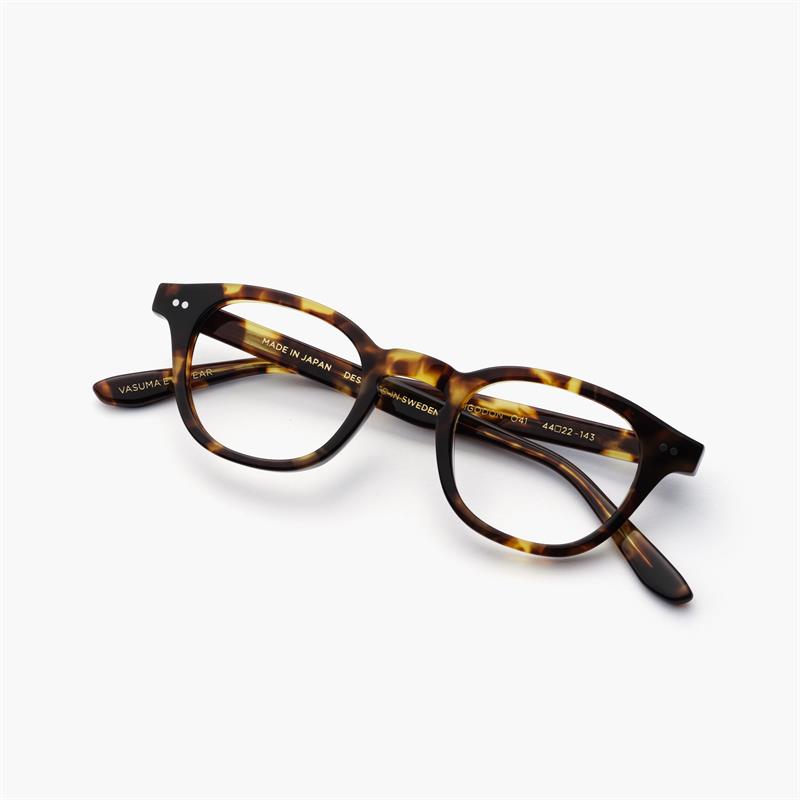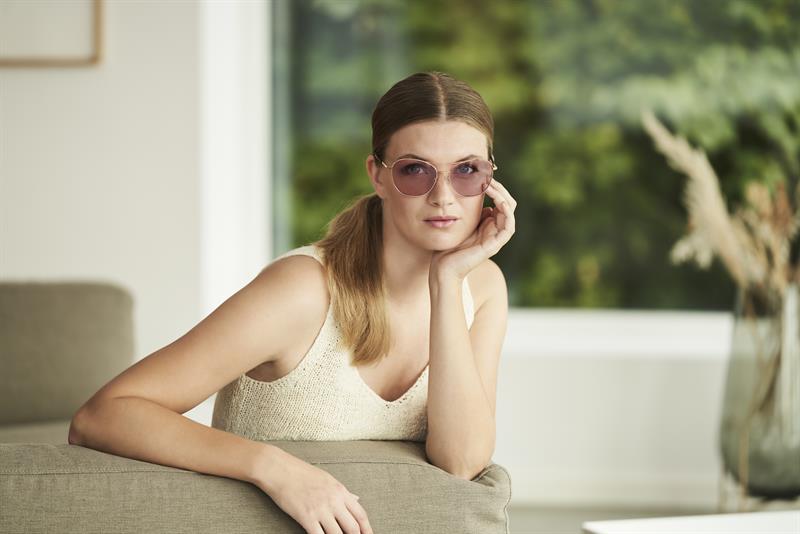
Opportunities for optical practice teams to get hands on with eyewear have been limited since the start of the pandemic. Selecting eyewear is a tangible experience for patients and practices, and one that has been missed. As international travel becomes less restricted, the possibility of speaking to numerous brands all under one roof is more of a reality than a pre-pandemic memory. Copenhagen Specs, in the Danish capital, offered the chance to feel the frame materials and get a true sense of the colours once again.
Near the picturesque waterfronts and charming cobbled streets of Copenhagen was Lokomotivværkstedet, the architecturally attractive venue for the two-day event. Occupying its light and vast hall space was 53 eyewear exhibitors that showcased more than 85 brands. A total of 608 visitors from 16 different countries attended.
Those who have frequented big sister event Silmo in Paris will be familiar with many of the independent names exhibiting in Copenhagen. However, Lokomotivværkstedet offered a simplified exhibition space in a more intimate setting.
Presence from surrounding Scandinavian brands was high, of course, which offered buyers from outside of that market the chance to bring a brand home that creates a point of difference.

Talking trends, and chunkier acetate was the most common answer but metal materials were still prevalent with aluminium the choice of brands offering a premium, quality product. Acetate styles had thick sides paired with bold colours. Geometric shapes that have proved popular in recent years were more subtle as evident in contoured acetate frames rather than in metal where the style has been more common.
Sustainability is no longer a unique selling point. However, commitment to greener credentials varied among exhibitors with some simply opting for bio-based acetate while others were adopting eco-friendly practises across the eyewear production process.
Steffen Sundelius, who co-founded Stockholm-based brand Vasuma with Jan Vana and Lars Malmsten, said semi-transparent bold colours were popular at the moment. He noted the resurgence of bold acetate, although his metal frames were also selling well. ‘We’re in the retro-inspired niche and that’s a strong trend as well,’ Sundelius told Optician.
Among the materials used in Vasuma’s eyewear was Mazzucchelli acetate, various metals, Japanese titanium and recycled acetate. He said clients were demanding sustainable solutions, with some only buying from brands with sustainability as their core focus.
When asked if Vasuma hoped to increase its presence in the UK, Sundelius said Brexit had made it harder to expand but he still wanted to do so. ‘Importing is such a big challenge and lead times are longer. It’s insane that it takes two weeks to send something to Britain when it used to take one day,’ he said.
Optician spoke to sustainable eyewear brand Dick Moby from Amsterdam. The company uses recycled PET bottles, acetate, stainless steel and biodegradable materials, such as M49 acetate, when creating its eyewear. Its founders decided to create an eyewear brand with green credentials after witnessing the amount of plastic on a beach during a surfing trip in 2012. Frames are named after cities, including Brighton, Girona and Helsinki.
EOE is a frames company from Swedish Lapland that places sustainability at the heart of all of its designs with raw materials used from the north of Sweden. Founded by Erik and Emilia Lindmark in 2010, they maintain a fully biodegradable production cycle. The acetate used is a mix of wood and cotton pulp, and doesn’t contain any petroleum or phthalates. Titanium, recycled steel, reindeer horn and stone are among the other materials it uses, as well as its ReGrind creation. The material uses dead stock to create new frames by breaking down the acetate into chips and then plates that are 98% recycled.

Nine eyewear launched Pure, its most environmentally-friendly range so far. A plant-based polyamide has been used and was extremely light, weighing less than its usually light nine grams at 5.7g and 6.3g. Speaking about the collection, Nine told Optician that it is very classic in terms of shapes. A lot of the new styles are quite large and Nine had made the materials thinner to keep the weight down. When asked about what Danish frame wearers wanted, Nine said the market is divided between those that want something different with extra quality, who go to an independent optical practice, and those who are price orientated and will go to the chains.
Diego Kim, president of Poland-based Albert I’mStein, showcased his focus on design and creativity. He told Optician: ‘I wanted to create something fun and make people happy wearing their glasses. I don’t care about which colour or shape is trendy this year.’ Styles are not given masculine or feminine labels and included frames that were decorated with eyes and a smile or eyelashes. To create these details, sheets of different coloured Mazzucchelli acetate were cut out and inserted to create a multi-coloured and expressive frame.
Italian eyewear company Look showcased its Materika brand and its Strato collection of spectacles, which are made from alumix, an aluminium and magnesium alloy. The brand told Optician its styles are lightweight, flexible, recyclable and hypoallergenic, and its approach to design is a combination of function and aesthetic.


